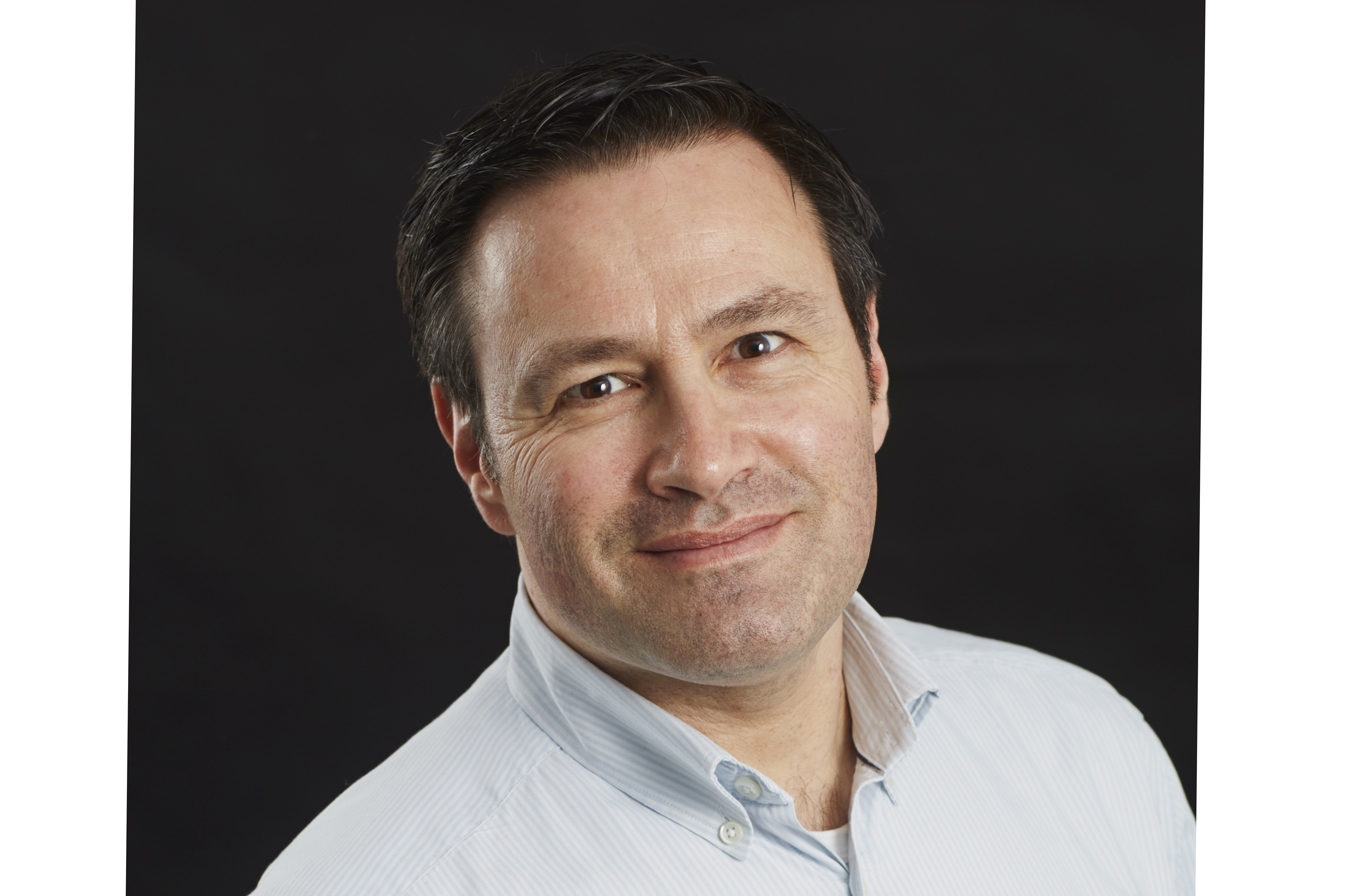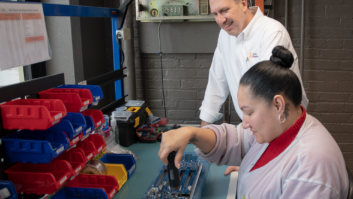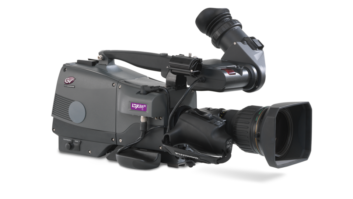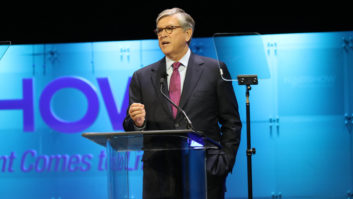
We all know change is happening fast, but a quick look back at the history of UK broadcasting shows just how rapidly the pace has increased:
Broadcast media transport specialist Nevion recently organised an event for its UK customers and partners, to discuss where media network technology is heading. Setting the industry scene, Nevion’s CEO, Geir Bryn-Jensen, gave a timely reminder of the dramatic transformation that the broadcast sector is currently going through, and how that change has been fast forwarded in recent years.
One key slide in Geir’s presentation was the perfect illustration of the UK broadcast revolution, as it summarised precisely what has happened in the industry since it started in the late 1930s. What the slide made explicit, was just how many of these major changes have taken place in the last decade. Although the focus of the presentation was on the UK, we all know that a similar picture has emerged in the majority of the global broadcast markets.
Fifty years of slow motion
The BBC started transmitting in 1936, in analogue, black and white, and what was then known as ‘high-definition’ (405 lines). For the following five decades, they were very few significant changes, on either the technology side or the competitive landscape.

The BBC’s first competitor, commercial broadcaster ITV, made its first appearance in 1955 and we then had to wait more than 25 years before the second competitor, Channel 4, made it on to our screens in 1982. It is easy to forget that in the late 1980s, less than three decades ago, there were still only four channels in the UK, two from the national broadcaster and one from each of the two commercial broadcasters. By then, transmission may have moved to colour and SD, however these were the only significant changes in technology in more than half a century of broadcasting.
The broadcast revolution
In 1989, a broadcaster burst onto the scene with a rather diverse offering: Rupert Murdoch’s Sky. This brand new entrant, which transmitted over satellite and offered multiple channels, signalled the start of two major revolutions in the UK broadcasting industry. It kick started the rapid changes in broadcast technology, and marked the beginning of a ‘choice war’ for viewers.
Over the next 30 years, the UK broadcast industry witnessed a steady increase in the volume and standard of competition. At the same time, the technological changes, driven by the industry (arguably by the TV manufacturers), started being introduced at a rapidly increasing rate.
What is striking is the breadth of change, in terms of both competition and technology, which has taken place in the last decade. Telecom giant BT established itself as a distributor of content with BT Vision in 2006 and then launched its own successful channel, BT Sport, in 2012 – less than three years ago.
On the technology front, the industry has pushed HD (2006), 3D (2010) and 4K (2015) – three big changes to television viewing in just nine years, a relatively short space of time when it took 30 years to take us from black and white to colour pictures.
The rise of the digital service provider
The last decade has also seen another huge change in the industry: The rise of enormous competition for eyeballs in the form of digital service providers (aka OTT providers). For the first time, we started to see competition and technology changes come from outside the ‘traditional’ broadcast industry.

If we take a short step back, it is amazing to consider how much has happened in the last few years. YouTube, Facebook, Twitter are all less than ten years old, and so is the iPhone, which enabled people to watch TV and video on the move for the first time. The iPad, by all accounts the biggest competitor to TVs, is only five years old. Netflix (the first ‘broadcaster’ to offer 4K in the UK) has become a go-to media for many viewers and has only been on the scene for three years.
Adapt or die
So what does that mean for traditional broadcasters? It’s no secret: They need to learn to live with constant change, and become much leaner and more flexible by adopting new technology fast, most notably IP. This may well be a struggle for an industry that saw very little change in the first half century of its existence, but no other choice is available to them.
By Olivier Suard, marketing director, Nevion







